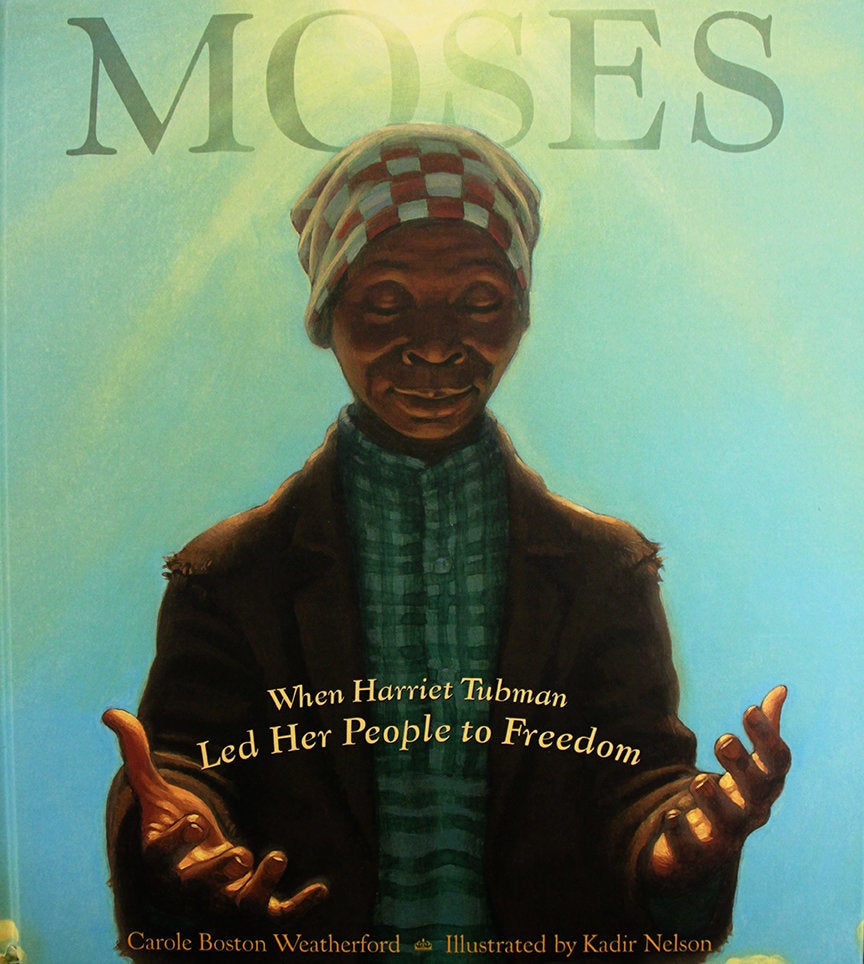When the first trailer for Nate Parker’s “The Birth of a Nation” dropped in June, it felt like a lightning rod moment for the depiction of slavery on the big screen. Here was a film written, directed, produced by and starring a black filmmaker. Here was a film not only about the horrors and injustices of slavery, but also the fight against it, represented by Nat Turner’s infamous slave revolt in 1831. Turner’s story had never been told on screen, and certainly never like this ― from the perspective of Turner, fully sympathetic to his motives and his violent actions.
Then, the controversy began. After a stellar reception at Sundance (where the film was bought by Fox Searchlight for a record-breaking $17 million), reports emerged that Parker was accused of raping and harassing a young woman in 1999, during his time at Penn State. He was acquitted, but the details of the case (which also involved Parker’s co-writer Jean Celestin, who was convicted but later appealed) have cast a dark shadow over “Birth,” a film that includes two instances of rape.
Throughout the scrutiny, Parker has remained adamant that his personal past should not discourage movie-goers from seeing the film. “The Birth of a Nation,” he’s said, is too important a story for the black community and too great an opportunity for the country to have a real conversation about race.
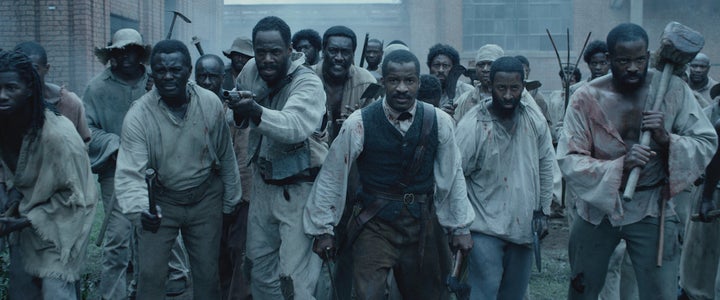
Parker has stated that his film will move people to see slavery “with a different lens,” when compared to past depictions on screen. But how has cinema shaped our perceptions of slavery, especially those of us who were given a sanitized version of the history of slavery in our history classes?
Perhaps the most important movie of the 20th century is D.W. Griffith’s 1915 feature film “Birth of a Nation,” based on a the 1905 novel “The Clansman.” In many ways, Parker’s film, from its title to its rebellious subject, is an answer to Griffith’s film. As activist and filmmaker Andre Robert Lee explains in the video above, Griffith's film "presented slavery as something America lost," rather than the sin that it really was. The movie, while revolutionary in terms of filmmaking, set a racist tone for how Hollywood would approach the reality of slavery for years to come. It presented a revisionist history of slavery in the United States, lamenting the end of slavery in the Old South and celebrating the rise of the Ku Klux Klan.
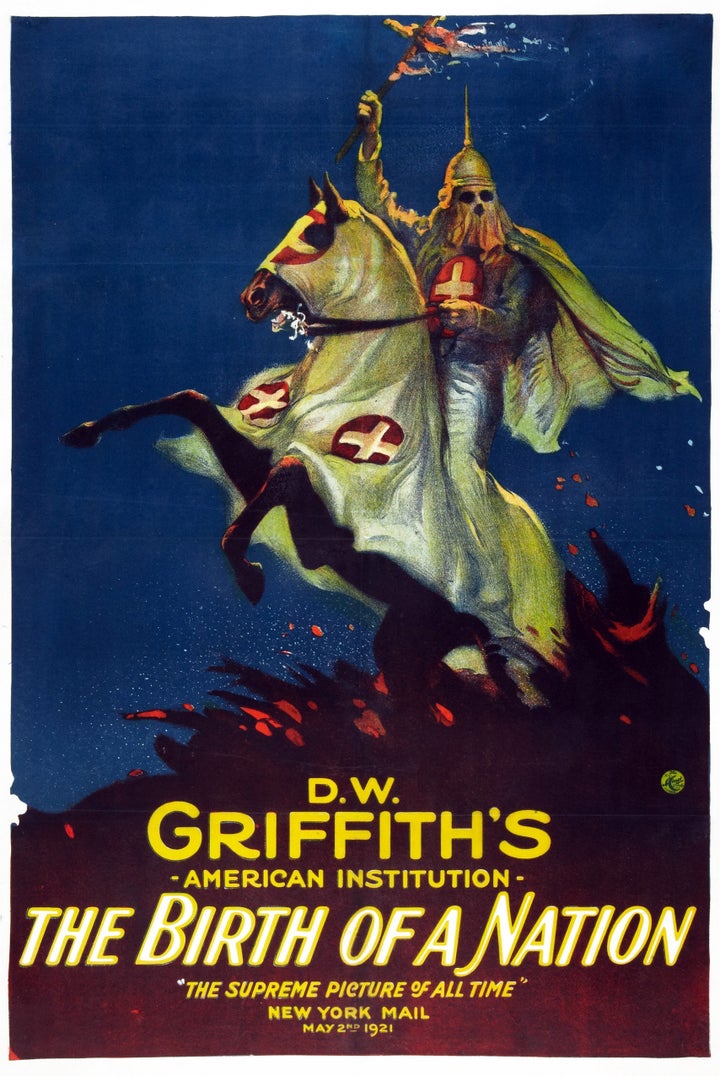
Alongside later popular films like “Gone With the Wind” (1939) and “Tamango” (1959), it played up the convenient delusion that most slaves were happy and accepting of their lot and life, and that free black people and black men especially were conniving, sexually aggressive, lazy, and violent. This was the era in Hollywood where a black person on screen would most likely be playing a jovial slave or maid, an era where the atrocities of slavery were kept out of sight and out of mind, where slavery operated in the periphery of faultless white heroes.
In the late ‘60s and ‘70s came a shift in the way slavery was depicted in film. It was the Blaxpoitation era, and movies like “Slaves!” (1969) “The Legend of N****r Charlie” (1972), “Mandingo” (1974), and “Drum” (1976) were all about stories of revenge against evil white slave masters that starred rugged male black leads.
These films were revolutionary in their day, but they still inadvertently perpetuated stereotypes of black men as hyper sexualized and violent, and presented sketches of life as a slave rather than fully realized portraits.
The 1977 premiere of “Roots” on ABC marked an attempt to more deeply explore the history and the atrocities of the slave trade. The 8-part mini-series was a television event, and a seminal moment in how Americans talked about slavery and race. For the first time, the image of a black man being whipped within an inch of his life filled the television screens of 130 million an Americans.
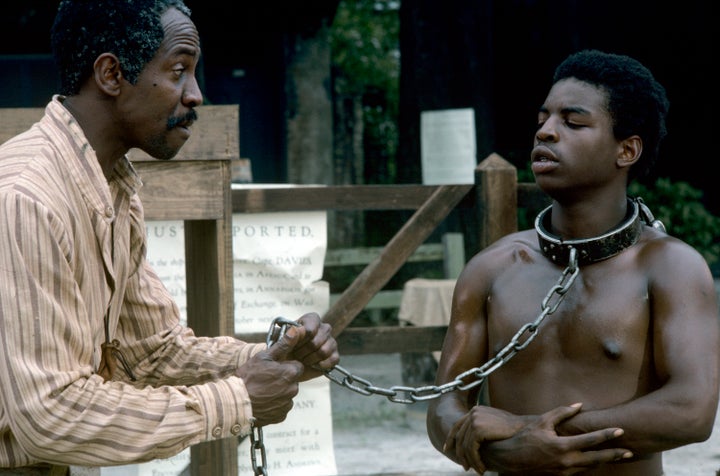
“Roots” ushered in an era of Black Pride, films and television mini-series which focused in on the personal histories of individual slaves and their offspring, and attempted to reveal the overwhelming and far-reaching impact of the racist institution. These included “A Woman Called Moses” (1978), “Roots: The Next Generations” (1979) and “Solomon Northup’s Odyssey” (1984).
Since then, realism has become a theme and a goal of many slavery pieces.
Part of that realism, it seems, has been focusing in on the visceral violence of slavery. “Amistad” (1997), “Beloved” (1998), “Amazing Grace” (2006), Venus Noire (2010) and “Django Unchained” (2012) have all experimented with images that take us to the extremes of slavery ― lynching, beating, starvation, rape, and the physical toll of actual slave labor.
“There have been more films about black people dealing with slavery in the past than there have been of black people living in the present.”
More recently, we’ve seen a kind of resurgence or renaissance of slave stories in Hollywood. Many considered 2013 the “year of the slave movie” ― a total of seven films about slavery from major and indie studios alike were released ― two of them starring Chiwitel Ejiofor. The most talked about and most prolific of the batch was “12 Years A Slave,” which starred Chiwitel Ejiofor as Solomon Northup, a freeman from New York State who was kidnapped and forced into slavery in South Carolina.
“12 Years A Slave” turned the degradation and brutality of slavery that we’d seen before into art. The film was lauded as much for its direction and cinematography as it was for forcing viewers to watch scenes of black bodies being branded, flayed, hung, and broken in unspeakable ways.
When Parker speaks of the “lens” through which slavery is currently seen, perhaps he speaks of the way in which most current films and TV shows about slavery focus particularly on black pain, on violence against black bodies. And in the instances when these characters are able to transcend their circumstances, that redemption often comes in the form of a white savior.
In January, Jezebel writer Kara Brown wrote an essay passionately titled “I’m So Damn Tired of Slave Movies,” in response to the attention that “Birth of a Nation” initially received after it premiered at Sundance. For Brown, Hollywood’s preoccupation with producing and rewarding movies like “12 Years a Slave” and “Birth of a Nation” is proof that it “has a problem with only paying attention to non-white people when they’re playing a stereotype.”
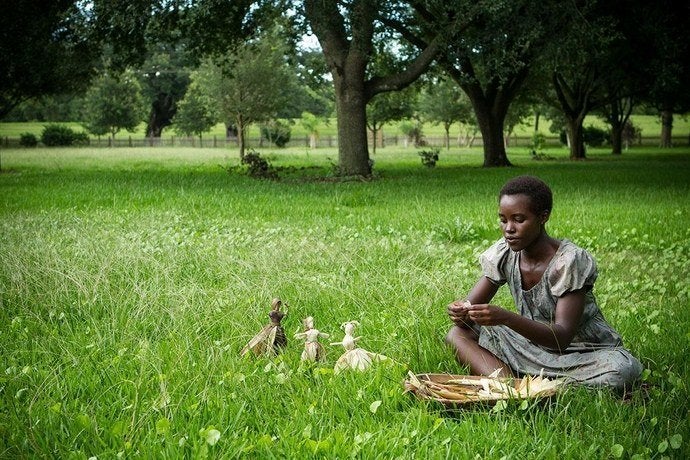
In the past 20 years, there have probably been more major films about black people dealing with slavery and the struggle for civil rights in the past in than there have been about black people living in the present. (Not to mention the future ― the scifi genre has always been notoriously white). But while some people are weary of seeing black people in these stories, other people, like The Root writer Demetria Lucas D’oyley, argue that we need more films about slavery, not less.
“I mean, it was a roughly 397-year stretch of American history,” D’oyley wrote in January. “We’re just now getting a mainstream film about Nat Turner. Do we want to throw in the towel before we get a theatrical release about Harriet Tubman or the Haitian revolution?”
“Should films about slavery be art, or educational, or both?”
On Friday, “The Birth of A Nation” will premiere in theaters across the United States. Early reviews have suggested that it’s no masterpiece, using many of the familiar tropes and images that have been established and built upon in slave movies before it. But according to Parker and his supporters, what makes the film so important is its educational quality ― it’s introducing many people to the “real” story of Nat Turner.
And yet, looking back over 100 years of films about slavery and the effects of slavery, the question is if that’s enough. Should films about slavery be art, or educational, or both? Should they always be brutal? Or should they be more palpable, less controversial? And does the grave subject matter of slavery make it worth supporting a film like “Birth of a Nation” and, therefore, it’s problematic director?
There must be a reason why we return, over and over again, to the institution of slavery when telling black stories on screen. Perhaps the constant return is a symptom of us never truly reckoning as a nation with the reality of American slavery as well as its complex, far-reaching ramifications. Perhaps, with each new movie, we’re attempting to arrive closer and closer to the truth of slavery and, by doing so, the truth of who and what America really is.


